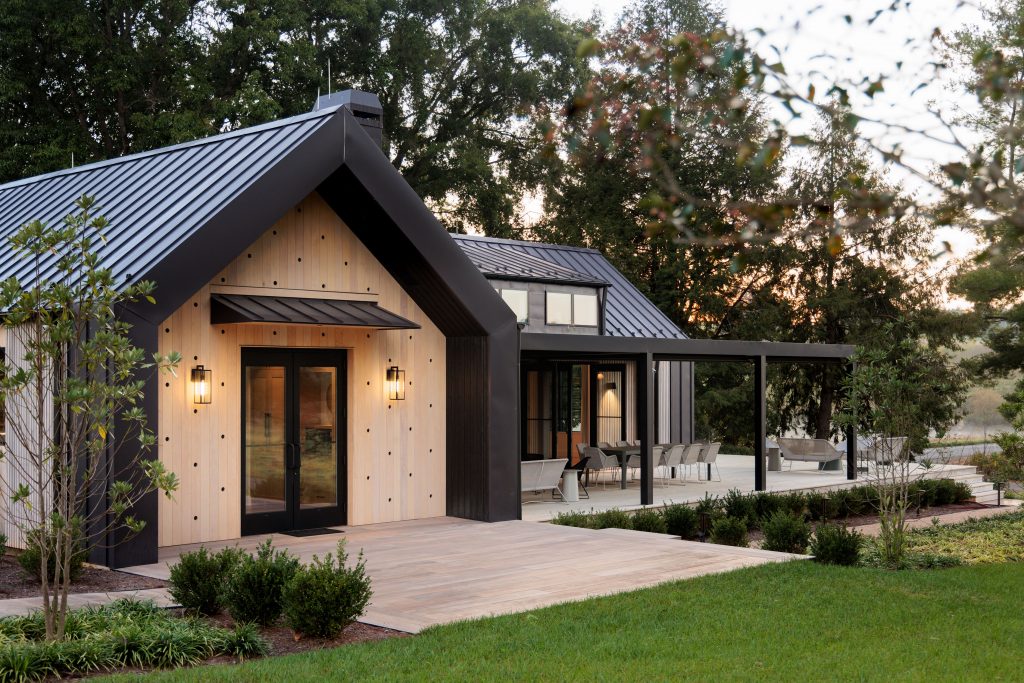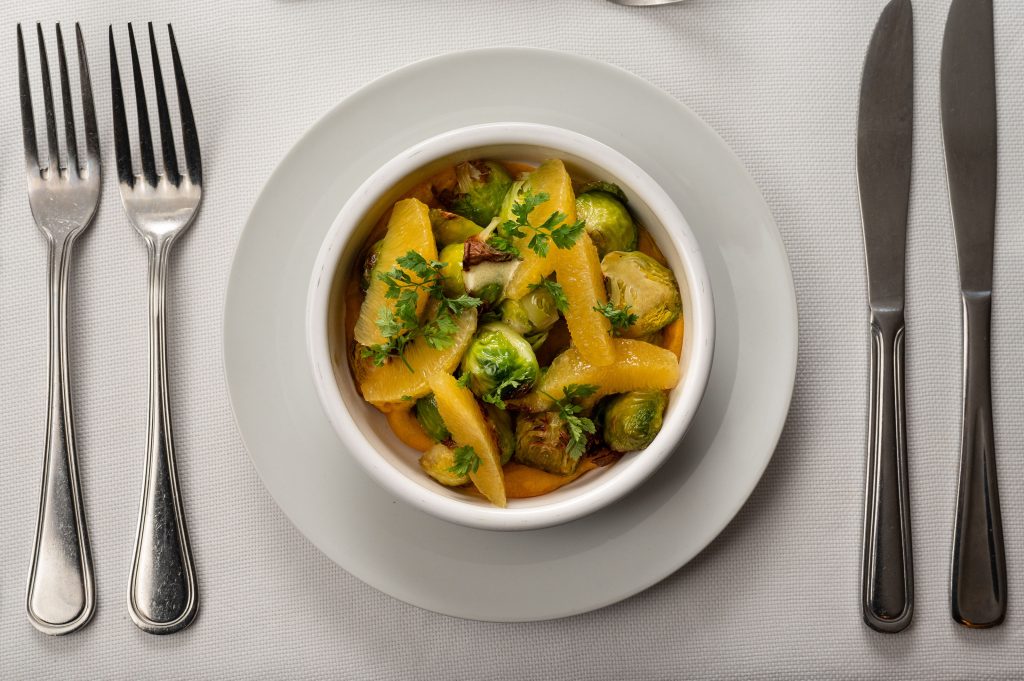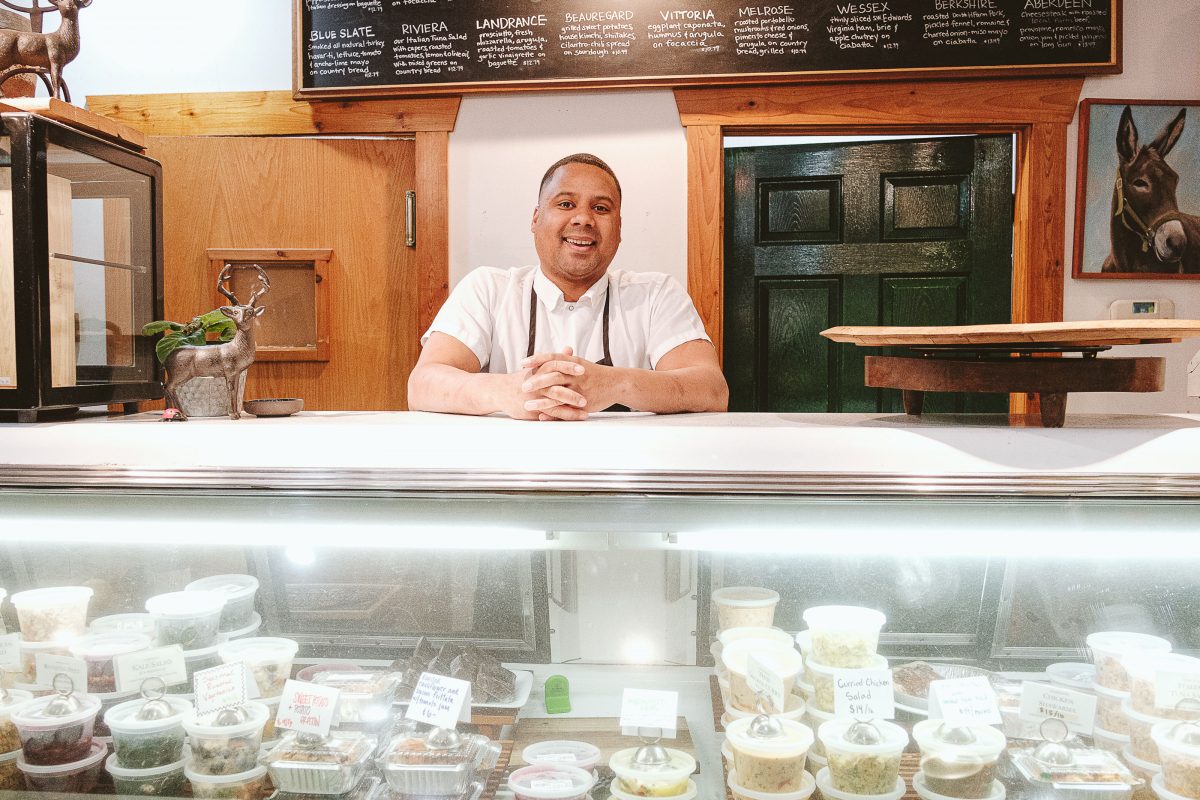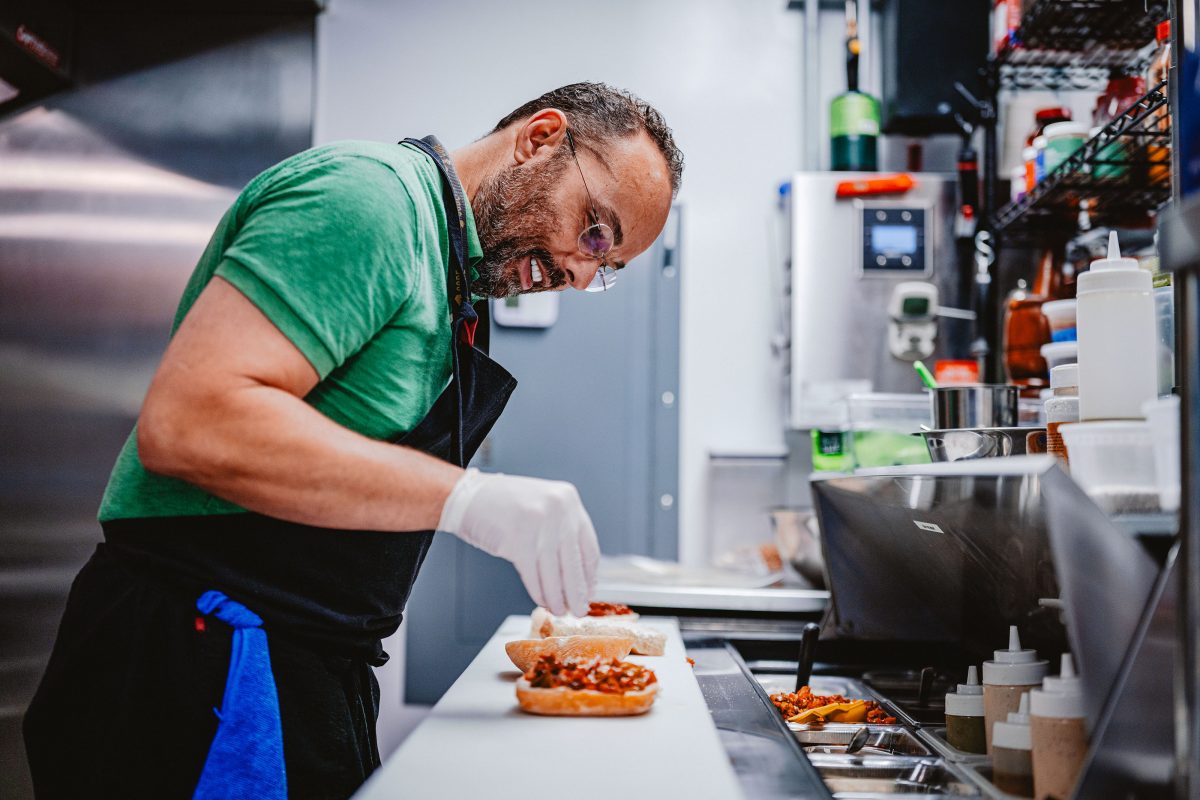Rezonings for large, mixed-use complexes include a legally binding document called a “code of development” that lays out what can be built in a given project and how much the public can expect.
In October 2020, the Board of Supervisors approved the Albemarle Business Campus, a mixed-use development on Fifth Street Extended that allowed for a maximum of 128 residential units and 401,000 square feet of non-residential use.
Developer Kyle Redinger now wants to amend ABC’s code of development to allow a maximum of 368 units. The application, crafted by Shimp Engineering, was the last rezoning filed in 2023.
“The Charlottesville area has a chronic housing shortage, and there will continue to be more demand for apartments than we can build in the current development area,” Redinger says. The 128 units at 5 Row Apartments that are under construction at ABC are awaiting certificates of occupancy.
The other tenants at Albemarle Business Campus are a 715-unit storage unit and a firm called PS Fertility, according to the development’s website. Redinger says his company has made efforts to bring in more biotech companies, but nothing has materialized. He says the amendment to the rezoning would provide the flexibility to go in a different direction if need be.
“This is due to local market challenges and macro real estate factors such as post-COVID demand changes, interest rates, affordability challenges, and so on,” Redinger says. “Of course, we welcome office and biotech tenants, but we just want to make sure we have a viable project if our office tenant does not materialize over the next few years.”
Bioscience and medical devices is one of the target industries identified by Albemarle’s economic development office, with companies such as Afton Scientific and MicroAire.
There are nearly 2,000 people in the area who work in the biotech sector, according to the data tracked by the advocacy group CvilleBioHub. A map on its website shows these are clustered in downtown Charlottesville and along Route 29, with none currently in the vicinity of ABC.
There’s also currently nothing shown at UVA’s Fontaine Research Park, which in a few years will be home to the Paul and Diane Manning Institute of Biotechnology.
Redinger had previously sought to build more units at ABC. In October 2019, the Albemarle Planning Commission recommended denial of a version of the plan that had 300 units.
ABC is in what Albemarle planners refer to as Neighborhood 5, which also includes a maximum of 1,450 homes in the two phases of Southwood as well as another 100 homes allowed to be built in a portion of the Biscuit Run development that stayed in private ownership.
The plans for ABC also show land that will be dedicated for the roundabout that will be built at the intersection of Old Lynchburg Road and Fifth Street Extended. That work will be done as part of a design build bundle with three other roundabouts in Albemarle and another intersection improvement at Belvedere.












